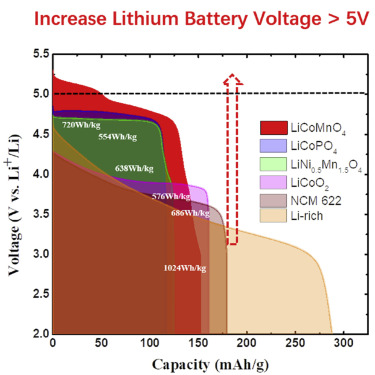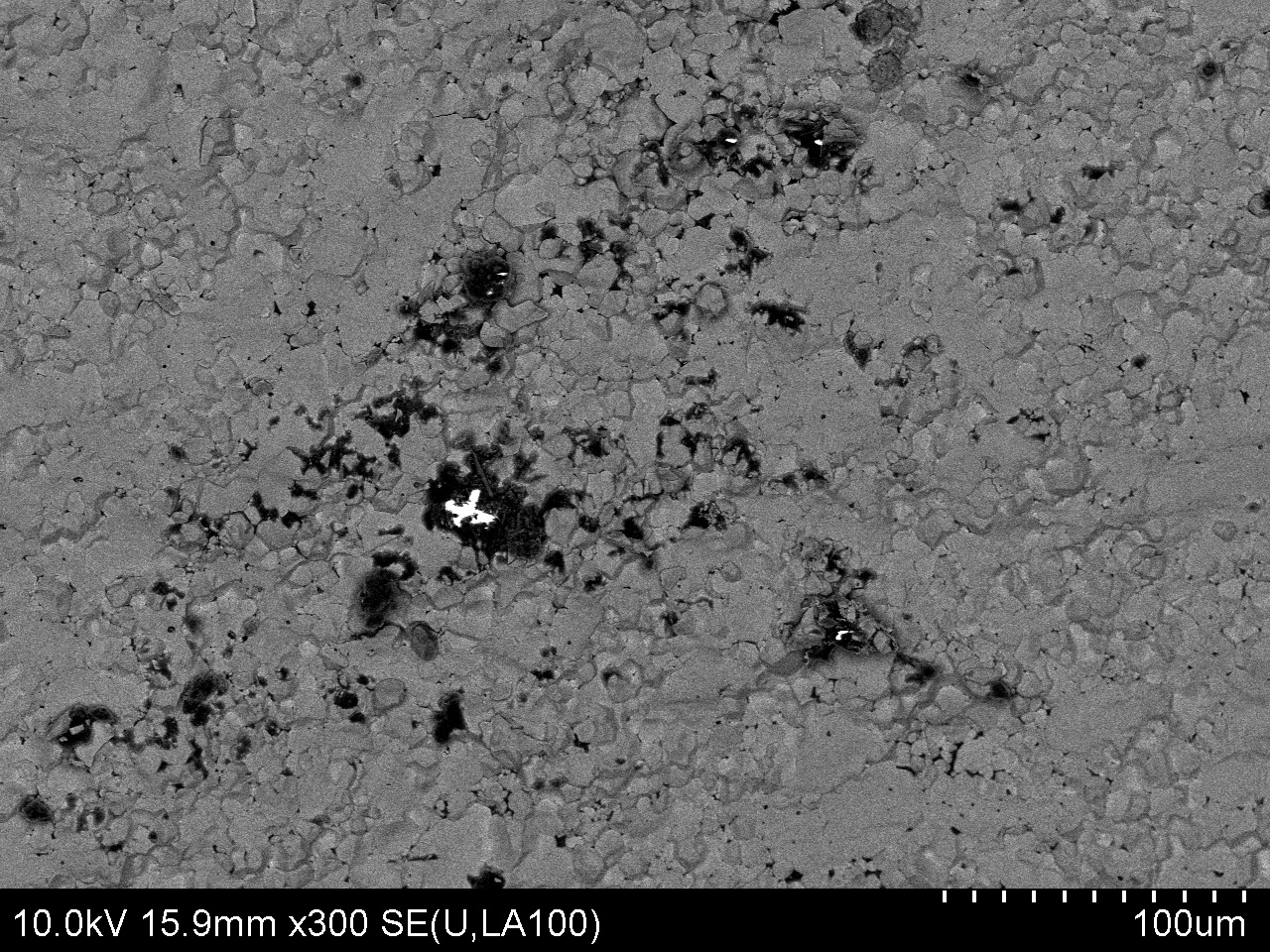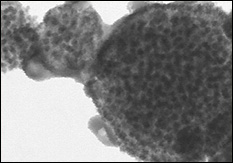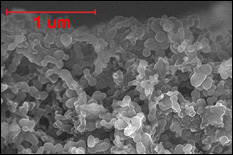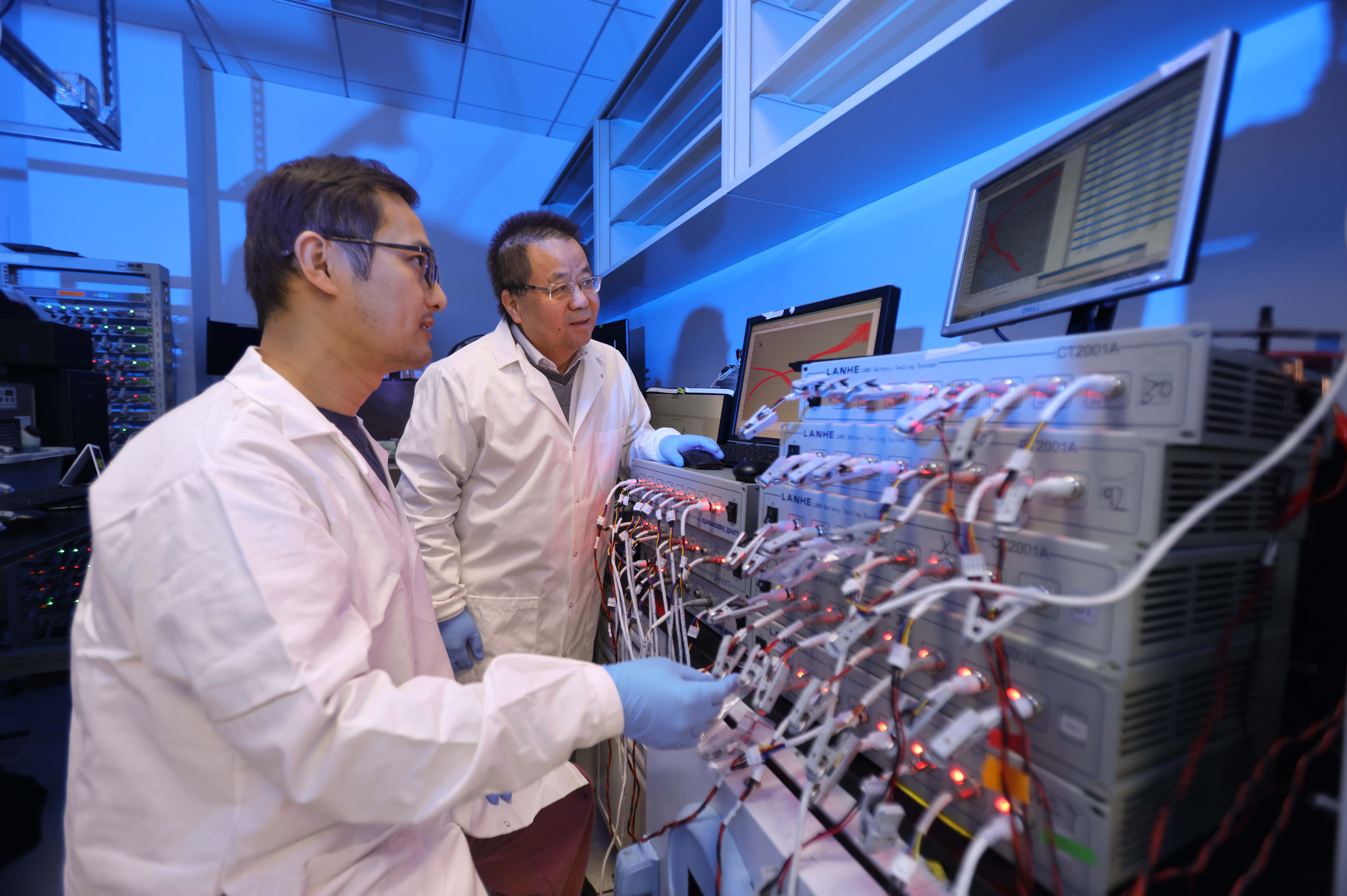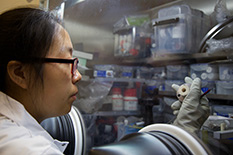News Story
All-In-One: $300K for Development of Interface-Free Battery
Clark School associate professor Chunsheng Wang (Department of Chemical and Biomolecular Engineering and University of Maryland Energy Research Center) has spent the past several years focused on building the next generation of smaller and more powerful lithium-ion batteries, developing new electroanalytical techniques, high surface area electrodes built on a virus, and a fracture-resistant silicon anode. Now, he's rethinking the battery's fundamental structure. Backed by a three-year, $300,000 single-PI grant from the National Science Foundation's Division of Chemical, Bioengineering, Environmental, and Transport Systems, Wang is set to pursue the creation of all-solid state, interface-free lithium-ion batteries.
Current solid-state lithium-ion batteries use three different materials for their anodes, cathodes, and electrolytes, creating resistance at the interfaces between the electrolytes and electrodes. This resistance is a significant cause of low power density, lower energy output, and reduced battery lifecycles—factors that not only prevent lithium-ion batteries from becoming feasible for use in high power electronic devices, but also keep them larger in size. Wang is working on the fabrication of a "single continuous phase" material that would encompass the anode, electrolyte, and cathode. Free of the traditional material interfaces, the new battery would have more power, operate more efficiently and safely in high temperatures, and could be reduced to nanoscale dimensions to power microelectromechanical systems.
The project will explore the effects of interface properties on existing batteries, study the formation mechanisms of interface-free batteries, and discover the performance, structure and composition of materials that could be used in the fabrication of high-temperature, interface-free solid-state lithium-ion batteries.
Wang believes that if the work is successful, the new batteries will have a profound impact on the automotive, electronics, and renewable energy industries.
For more information, visit the NSF web site »
Published September 5, 2012
